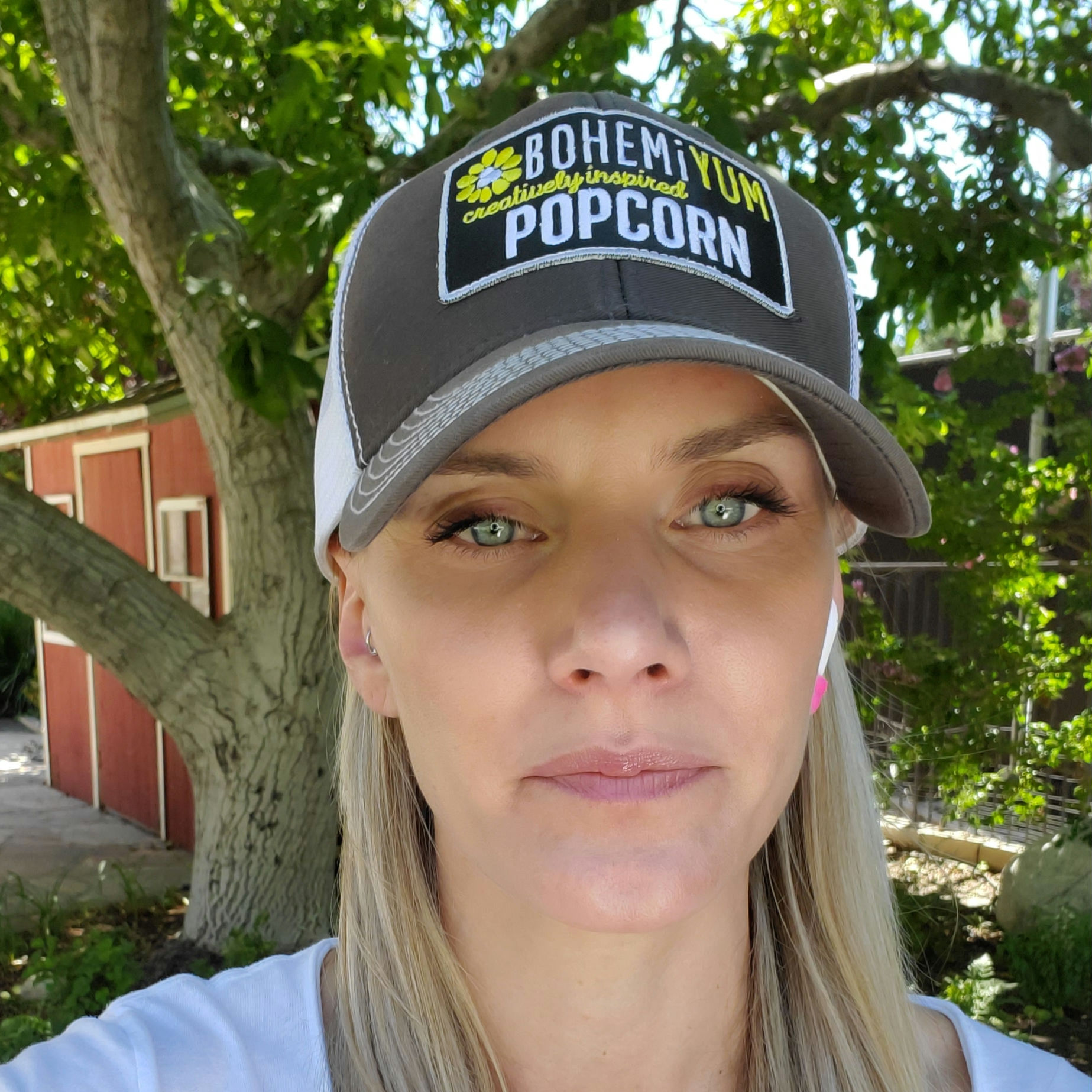Reactive Training: The Missing Link to Aging Well
- Ali Roberts

- Oct 12
- 3 min read
Redefining What It Means to Age Well
Aging well isn’t just about staying active — it’s about staying capable. The ability to react quickly, stabilize your body, and recover from unexpected movements is what separates a pro-active aging adult from one at risk of losing independence. This is where reactive training comes in — an often overlooked yet vital part of a fitness program for longevity. Reactive training should be a modality within any well rounded fitness program for everyone, including athletes, young profressionals, busy parents or seniors.
What Is Reactive Training?

Reactive training focuses on improving how your body responds to sudden or unpredictable challenges — like catching yourself from a trip, adjusting to uneven ground, or reacting to a moving object. It trains your neuromuscular system — your brain, nerves, and muscles — to communicate faster and more efficiently.
Common examples include:
BlazePod drills or light reaction tests
Agility ladder patterns
Medicine ball throws or catches
“Lean and release” balance drills
Partner or visual cue reaction games
Unlike traditional strength training, which focuses on output (how much weight you can lift), reactive training emphasizes timing, coordination, and control — all essential for fall prevention and long-term functional health.
Why Reactive Training Is Essential for Longevity
🦵 Enhances Balance & Stability. Most falls happen because the body fails to react fast enough. Reactive training improves proprioception and coordination, teaching your body to stabilize under pressure.
🧠 Keeps the Brain Sharp. Reactive drills challenge your mind to process information quickly, improving cognitive health and neural speed — both critical for aging well.
❤️ Boosts Cardiovascular and Muscular Health. Many reactive movements engage multiple muscle groups and elevate heart rate, offering a hybrid between strength training and cardio conditioning.
🕰️ Preserves Independence. Maintaining your ability to step, twist, reach, or catch yourself in real-world scenarios is what allows you to age actively rather than passively.
🔄 Complements Strength Training. A proper fitness program blends strength, stability, and reactivity — allowing your body to move powerfully and safely for years to come.
Reactive Training for the Active Aging Adult
You don’t need to be an athlete to train reactively. For most active aging adults and seniors, this type of training can be scaled safely within a guided program. For example:
Start with simple step-and-reach drills or color-cue balance tests
Progress to two-light BlazePod sequences or med ball partner tosses
Integrate reactive footwork into your strength days (e.g., side-to-side step taps before squats)
These small additions can dramatically reduce fall risk, increase confidence, and reinforce neuromuscular coordination — the foundation of healthy, long-term movement.
How Often Should You Train Reactively?
For most adults over 50, incorporating 2–3 reactive sessions per week is ideal. They can be as short as 5-10 minutes, making them an easy addition to your warm-up or conditioning block. The key is consistency and progressive complexity — just like strength training.
Key Takeaway
Reactive training is one of the most powerful, yet underutilized tools for longevity. It bridges the gap between strength and real-world movements, helping you age well, stay active, and prevent falls.
When integrated into a proper fitness program, it keeps both body and mind sharp, building one's confidence to move through life’s unpredictable moments.
At Impact One Fitness, our longevity-focused training programs combine strength, balance, and reactivity to help you move better, live stronger, and age with confidence. This modality should be used in all fitness programs including athletes, young adults and seniors.
👉 Schedule your complimentary assessment and experience what a truly complete fitness program feels like.
.png)


Comments